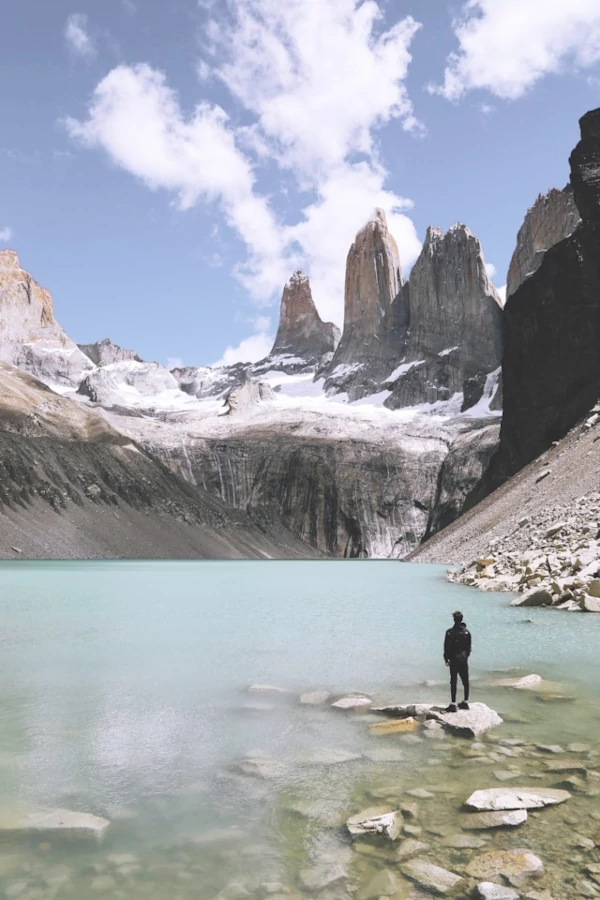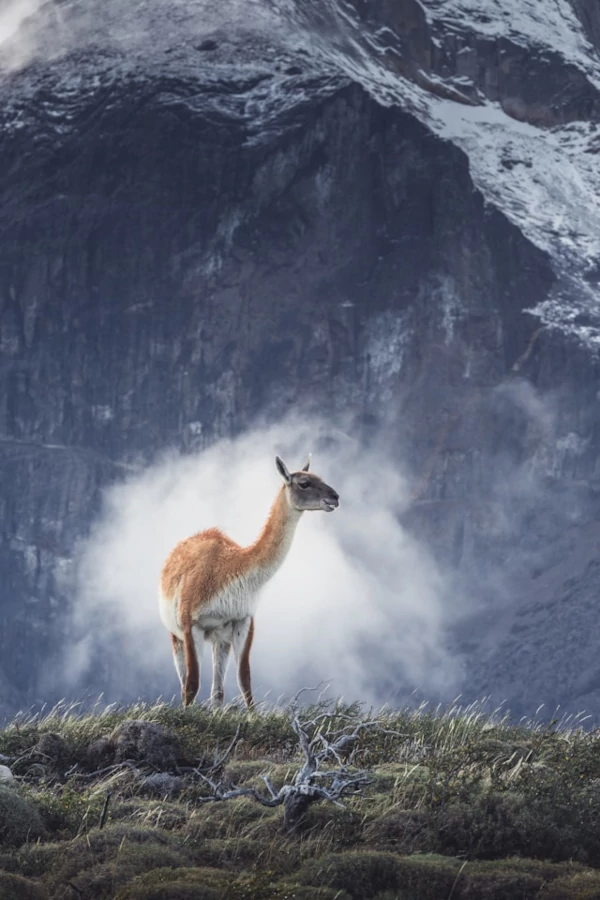Torres del Paine National Park is home to a rich variety of flora and fauna, including native species such as guanacos, Andean condors, and pumas. The park's diverse habitats, ranging from ancient forests to windswept steppes, support a remarkable array of plant life, including colorful wildflowers, gnarled lenga trees, and hardy shrubs adapted to the harsh Patagonian climate. Additionally, the park's pristine rivers and lakes provide habitat for numerous bird species and offer opportunities for kayaking, fishing, and scenic boat tours.
In addition to its natural wonders, Torres del Paine National Park offers visitors a chance to immerse themselves in the region's rich cultural heritage and history. From the ancient traditions of the indigenous Kawéskar and Tehuelche peoples to the legacy of early European settlers, the park's landscapes bear witness to centuries of human interaction and adaptation to this remote and rugged environment. Today, Torres del Paine continues to inspire and awe visitors from around the world, inviting them to explore its wild and untamed beauty and discover the magic of Patagonia.









